5 Ways a Staffing Agency Can Transform Your Hiring Process
Hppy
NOVEMBER 15, 2024
In today’s competitive business landscape, the hiring process can be a time-consuming and challenging endeavor. Finding the right talent, quickly filling critical positions, and ensuring a good cultural fit are just a few of the obstacles that organizations face. Time and Cost Savings Hiring is both time- and resource-intensive.












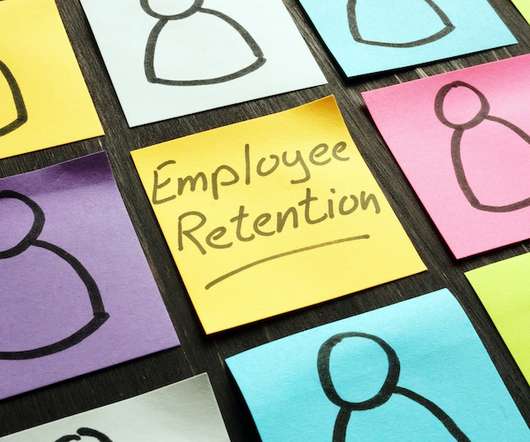






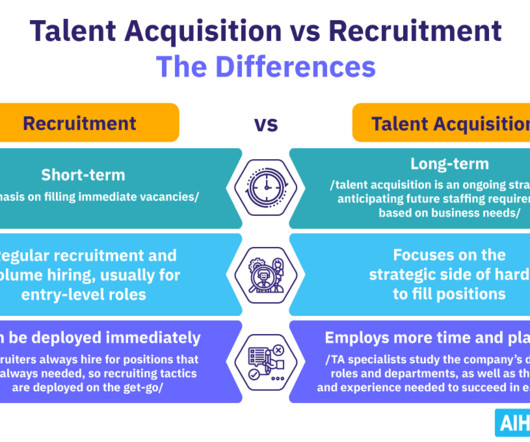
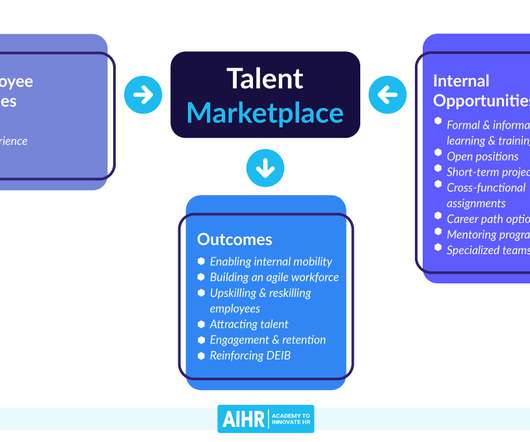


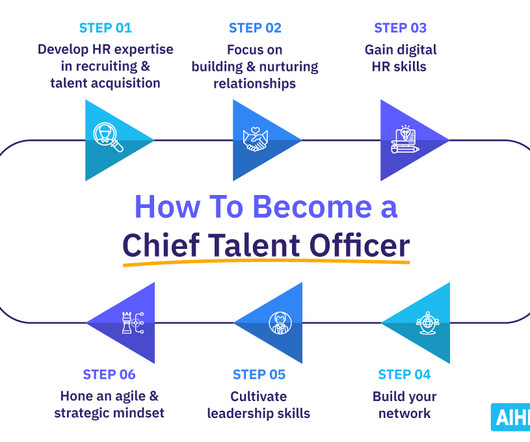
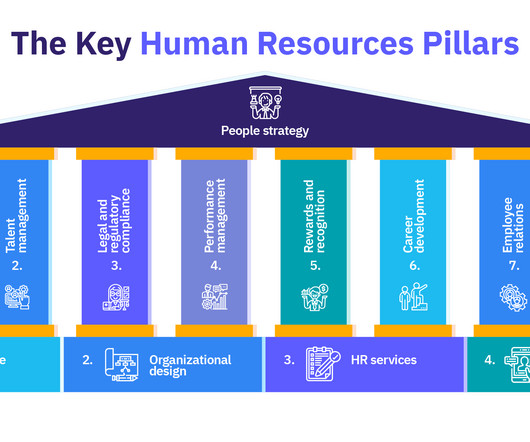

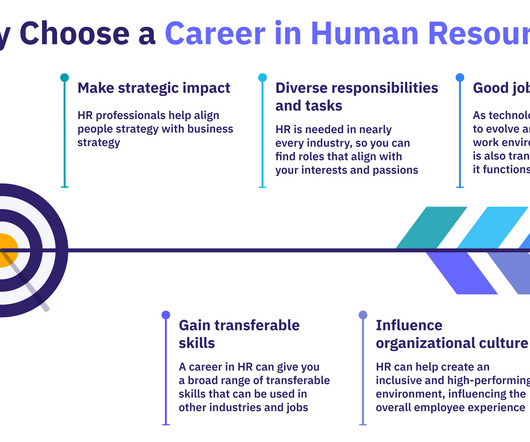
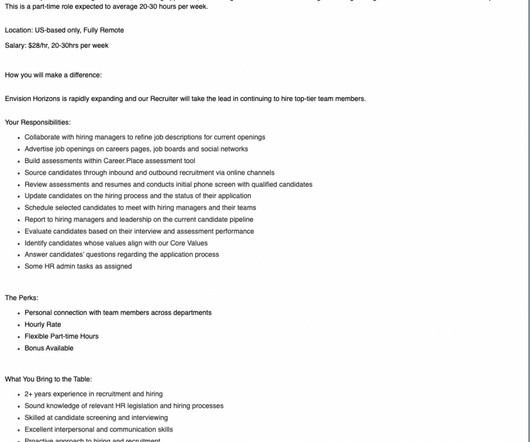

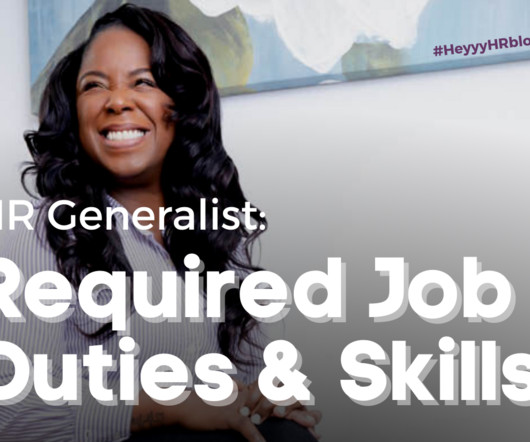
























Let's personalize your content